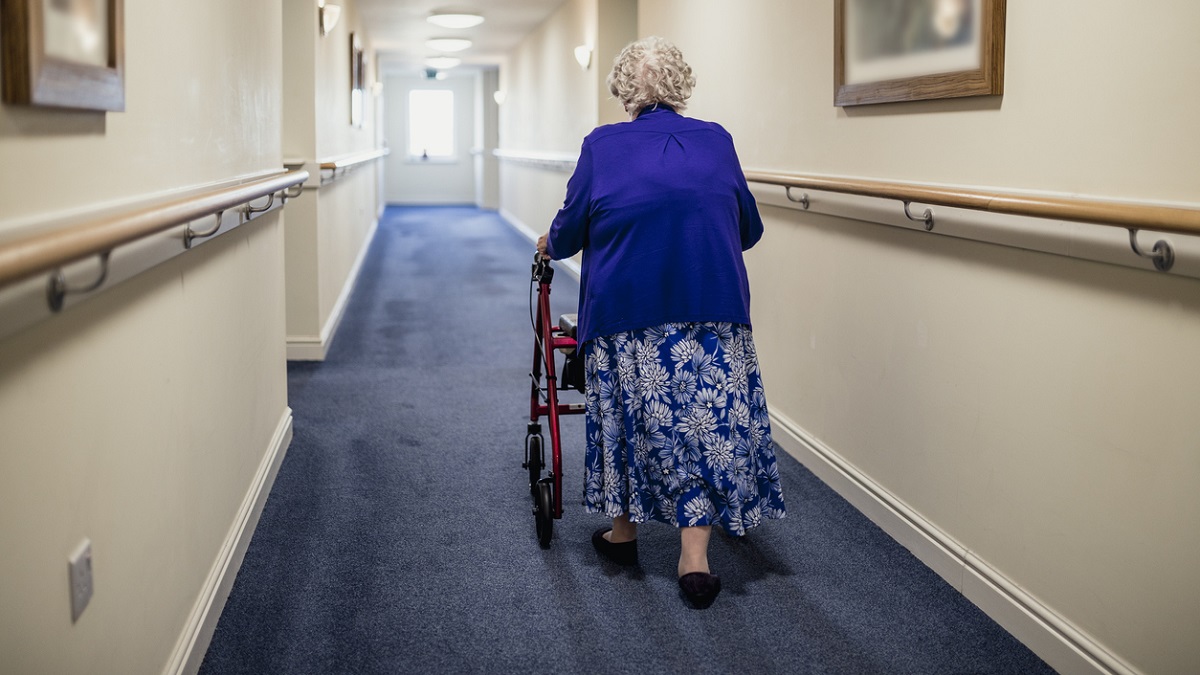The term “fibromyalgia” may be relatively new, but the condition itself has been around for quite a while. After several name changes, a definite set of diagnostic parameters are finally established for fibromyalgia.
The first known mention of fibromyalgia was in the 1800s, but at the time it was simply called “muscular rheumatism.”
When “muscular rheumatism” was first written about, doctors noted that it caused stiffness, aches, pains, tiredness, and difficulty speaking. In 1824, a doctor in Scotland first described the tender points that characterize fibromyalgia.
A psychiatrist in the United States described a condition called “neurasthenia” in 1880, which he believed was caused by stress. He ascribed the symptoms of widespread pain, fatigue, and psychological problems to neurasthenia.
Click Here to Visit the Store and find Much More….
The term “fibrositis” was introduced in 1904 by Sir William Gowers. “Fibro” refers to the body’s connective tissues. “Itis” indicated inflammation or swelling, so “fibritis” meant inflammation of the connective tissues. In 1913, a physician wrote more about fibritis, describing a worsening of symptoms as air pressure fell and rains came on. He also described temperature variations and fevers.
In the 1970s, Hugh Smythe described fibritis in papers and medical textbooks. This was the clearest, most cohesive description of the disease and its symptoms so far. The name was changed from “fibritis” to “fibromyalgia” in 1976, since inflammation was no longer believed to be the cause. “Myo” means muscles and “algia” means pain, so “fibromyalgia” means pain in the muscles and connective tissues.
Certain antidepressants were found to be effective in treating fibromyalgia in 1986. The Journal of the American Medical Association (JAMA) published an article about fibromyalgia in 1987. Also in that year, fibromyalgia was recognized by the American Medical Association (AMA) as a defined disease and cause of illness and disability. The American College of Rheumatology first published diagnostic criteria for fibromyalgia in 1990.
Diagnosing fibromyalgia today is still difficult.
There is no definitive test for fibromyalgia, so it’s typically a diagnosis of exclusion, meaning that a person can only be diagnosed with fibromyalgia when every other possibility has been excluded.
The Mayo Clinic website explains why diagnosing fibromyalgia is so difficult, stating:
“Fibromyalgia symptoms include widespread body pain, fatigue, poor sleep and mood problems. But all of these symptoms are common to many other conditions. And because fibromyalgia symptoms can occur alone or along with other conditions, it can take time to tease out which symptom is caused by what problem. To make things even more confusing, fibromyalgia symptoms can come and go over time.”
Tender points are still used by many specialists during diagnoses. There are 18 potential tender points on the body, and the physician must be able to elicit a response on at least 11 of these tender points. However, knowing precisely where the tender points are and how much pressure to apply can be tricky, so general doctors use a different set of diagnostic criteria.
The criteria used by general doctors includes:
- Widespread pain that’s lasted for at least three months
- Presence of other symptoms, such as fatigue, waking up tired, or trouble thinking (often called “fibro fog”)
- No other conditions that could be causing the symptoms
Additionally, some physicians may score patients’ responses to a series of questions to judge the severity of the widespread pain being experienced. For instance, several symptoms are given a score as far as symptom severity. Zero means no problems at all, while three means severe, pervasive, or life-disturbing. Then the scores for all the symptoms are added together. If this score is above a certain level, it’s considered positive for fibromyalgia. This positive result, in addition to other positive results and the absence of any other conditions that could explain the symptoms, will usually lead to a diagnosis of fibromyalgia.
Click Here to Visit the Store and find Much More….
Fibromyalgia might also be accompanied by symptoms such as:
- Migraine or tension headaches
- Depression or anxiety
- Digestive problems, such as irritable bowel syndrome or gastroesophageal reflux disease
- Irritable or overactive bladder
- Pelvic pain
- Temporomandibular jaw disorder
- Temperature sensitivity
It’s still unclear what causes fibromyalgia.
Gender, health condition, genetics, and trauma are all thought to play a role in fibromyalgia. However, it’s not known if all or any of these are the actual cause of the condition. It’s only known that these factors play a part in determining an individual’s risk for developing fibromyalgia.
External triggers, such as viral infection or repetitive strain, and some preexisting conditions, such as rheumatoid arthritis or lupus, may make people more likely to develop fibromyalgia. Depression, post-traumatic stress syndrome, or other mental illnesses are often found in people who have fibromyalgia. Additionally, being overweight, being inactive, or smoking might increase the risk for fibromyalgia. Women are also much more likely to develop fibromyalgia, although men and children can develop the condition, too.
Studies have been conducted looking at the role of stress in triggering fibromyalgia. Employees in a stressful job environment tended to experience more pain. Also, women who’ve experienced relationships with violent abuse are at an increased risk for fibromyalgia. People who feel as though they have very little support or who had a poor psychological response to pain also seem to be an increased risk for fibromyalgia.
Even though the cause behind fibromyalgia is still unknown, and diagnosing it remains a challenge, it’s thanks to the collective history of fibromyalgia that we have any understanding of it today. The symptoms and tender points described in the 1820s, the psychological (cognitive) problems acknowledged in the 1880s, and the issues with temperature regulation noted in the early 1900s all helped define the condition as it’s understood today.

Click Here to Visit the Store and find Much More….
For More Information Related to Fibromyalgia Visit below sites:
References:
Fibromyalgia Contact Us Directly
Click here to Contact us Directly on Inbox
Official Fibromyalgia Blogs
Click here to Get the latest Chronic illness Updates
Fibromyalgia Stores

